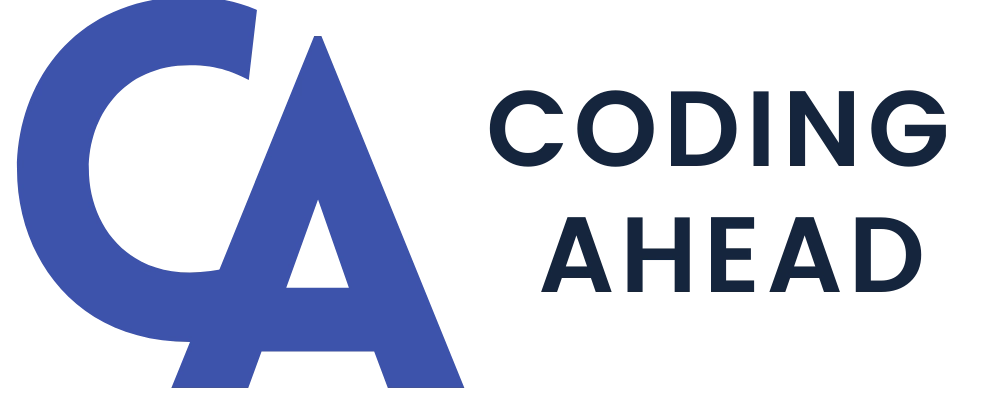How To Use CPT Code 92504
CPT 92504 refers to the use of binocular microscopy as a separate diagnostic procedure, primarily utilized for examining the ears of patients. This procedure is particularly relevant when traditional methods, such as otoscopy, are not feasible. The provider employs a binocular microscope to gain a detailed view of the ear structures, and in some cases, may also examine the nose for diagnostic purposes. This code is significant in the realm of otolaryngology, where precise visualization of the ear is crucial for accurate diagnosis and treatment planning.
1. What is CPT code 92504?
CPT code 92504 represents a diagnostic procedure involving binocular microscopy, specifically aimed at examining the ears. This procedure is essential when a healthcare provider cannot utilize an otoscope, which is the standard instrument for ear examinations. The binocular microscope allows for enhanced visualization of the ear’s anatomy, facilitating the identification of conditions such as cerumen impaction or foreign bodies. The clinical relevance of this code lies in its ability to provide a thorough examination of the ear structures, which is vital for diagnosing various ear-related issues. The use of this code is particularly important in cases where other diagnostic methods are inadequate, ensuring that patients receive appropriate care based on accurate assessments.
2. Qualifying Circumstances
This CPT code can be used under specific circumstances where a detailed examination of the ear is necessary, and traditional methods are not applicable. It is appropriate to report this code when the provider performs a binocular microscopy examination without conducting other related ear procedures during the same visit. For instance, if an otolaryngologist suspects a foreign body in a patient’s ear but finds none, the examination can be reported using 92504. However, if the provider performs procedures such as otoscopy, anterior rhinoscopy, or cerumen removal during the same encounter, these should not be reported separately if they are included in evaluation and management services. The use of this code is inappropriate when other related procedures are performed simultaneously, as it is intended for standalone diagnostic assessments.
3. When To Use CPT 92504
CPT code 92504 is utilized when a provider conducts a binocular microscopy examination of the ear as a separate diagnostic service. It is essential to report this code when no other related ear procedures are performed during the visit. For example, if an otolaryngologist examines a patient’s ear and also conducts a nasal endoscopy, both procedures can be reported separately, with the appropriate modifier applied to indicate that they are distinct services. Modifier 59 should be appended to 92504 to signify that the microscopy is a distinct procedural service from the nasal endoscopy. However, it is crucial not to use modifier 59 if a more specific modifier applies, such as XE, XP, XS, or XU. Documentation must support the use of any modifier to ensure accurate coding and billing.
4. Official Description of CPT 92504
Official Descriptor: Binocular microscopy (separate diagnostic procedure)
5. Clinical Application
The clinical application of CPT code 92504 is centered around the need for detailed visualization of the ear structures. This procedure is particularly important in diagnosing conditions that may not be easily identifiable through standard examination methods. The use of a binocular microscope allows healthcare providers to observe the ear canal and tympanic membrane with greater clarity, facilitating the diagnosis of issues such as infections, blockages, or anatomical abnormalities. The importance of this service lies in its ability to enhance diagnostic accuracy, ultimately leading to more effective treatment plans for patients with ear-related concerns.
5.1 Provider Responsibilities
During the procedure, the provider is responsible for setting up the binocular microscope and ensuring that the patient is positioned correctly for optimal visualization. The provider then carefully examines the ear structures, documenting any findings that may indicate the presence of conditions such as cerumen impaction or foreign bodies. If necessary, the provider may also conduct a brief examination of the nose for additional diagnostic insights. Throughout the process, the provider must maintain clear communication with the patient, explaining the procedure and any findings that arise.
5.2 Unique Challenges
One of the unique challenges associated with this procedure is the need for precise positioning and stabilization of the binocular microscope to ensure accurate visualization. Additionally, the provider must be skilled in interpreting the findings from the microscopy examination, as subtle changes in the ear structures can indicate significant underlying issues. There may also be challenges related to patient cooperation, especially in younger patients or those with anxiety, which can impact the quality of the examination.
5.3 Pre-Procedure Preparations
Before performing the procedure, the provider should conduct a thorough patient history and physical examination to identify any specific concerns related to the ears. This may include assessing symptoms such as hearing loss, pain, or discharge. The provider should also ensure that the binocular microscope is properly calibrated and functioning to facilitate an effective examination. Any necessary consent forms should be completed, and the patient should be informed about what to expect during the procedure.
5.4 Post-Procedure Considerations
After the procedure, the provider must document the findings from the microscopy examination in the patient’s medical record. If any abnormalities are identified, the provider should discuss potential treatment options with the patient and outline any necessary follow-up appointments. Monitoring for any post-examination complications, such as discomfort or bleeding, is also essential to ensure patient safety and satisfaction.
6. Relevant Terminology
Anterior rhinoscopy: Examination of the front part of the nose using a specialized instrument.
Binocular microscope: An optical instrument with two eyepieces that allows for enhanced visualization of small structures.
Cerumen: The natural ear wax produced in the ear canal.
Impaction: A condition where cerumen tightly blocks the ear canal, potentially affecting hearing.
Otoscope: A medical device equipped with a light source and lenses for examining the ear.
Otoscopy: The procedure of examining the ear using an otoscope.
Tuning fork test: A diagnostic test that assesses hearing ability using a vibrating fork instrument.
7. Clinical Examples
1. A patient presents with ear pain and a history of frequent ear infections. The provider uses binocular microscopy to examine the ear canal and tympanic membrane for signs of infection.
2. During a routine check-up, a child is found to have excessive ear wax. The provider employs binocular microscopy to assess the extent of the cerumen impaction.
3. An adult patient reports sudden hearing loss. The provider uses binocular microscopy to investigate potential causes, such as foreign bodies or perforations.
4. A patient with a history of nasal congestion undergoes a nasal endoscopy. The provider also examines the ears using binocular microscopy to rule out any related issues.
5. A patient presents with a foreign body lodged in the ear. After confirming the presence of the object, the provider uses binocular microscopy to assess the surrounding tissue before removal.
6. A patient with chronic sinusitis is evaluated. The provider uses binocular microscopy to examine the ears for any signs of related complications.
7. A child with recurrent otitis media is assessed. The provider employs binocular microscopy to evaluate the ear structures for any abnormalities.
8. A patient experiences dizziness and balance issues. The provider uses binocular microscopy to examine the inner ear structures for potential causes.
9. A patient with a history of ear surgeries is evaluated. The provider uses binocular microscopy to assess the surgical site for any complications.
10. A patient presents with a persistent cough and nasal drainage. The provider examines the ears using binocular microscopy to check for any related ear infections.


